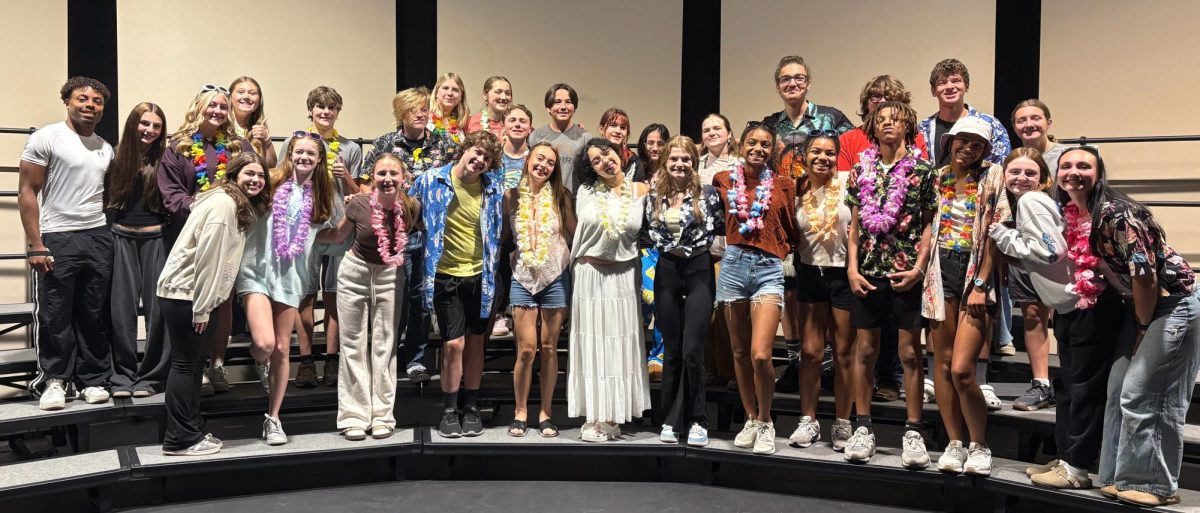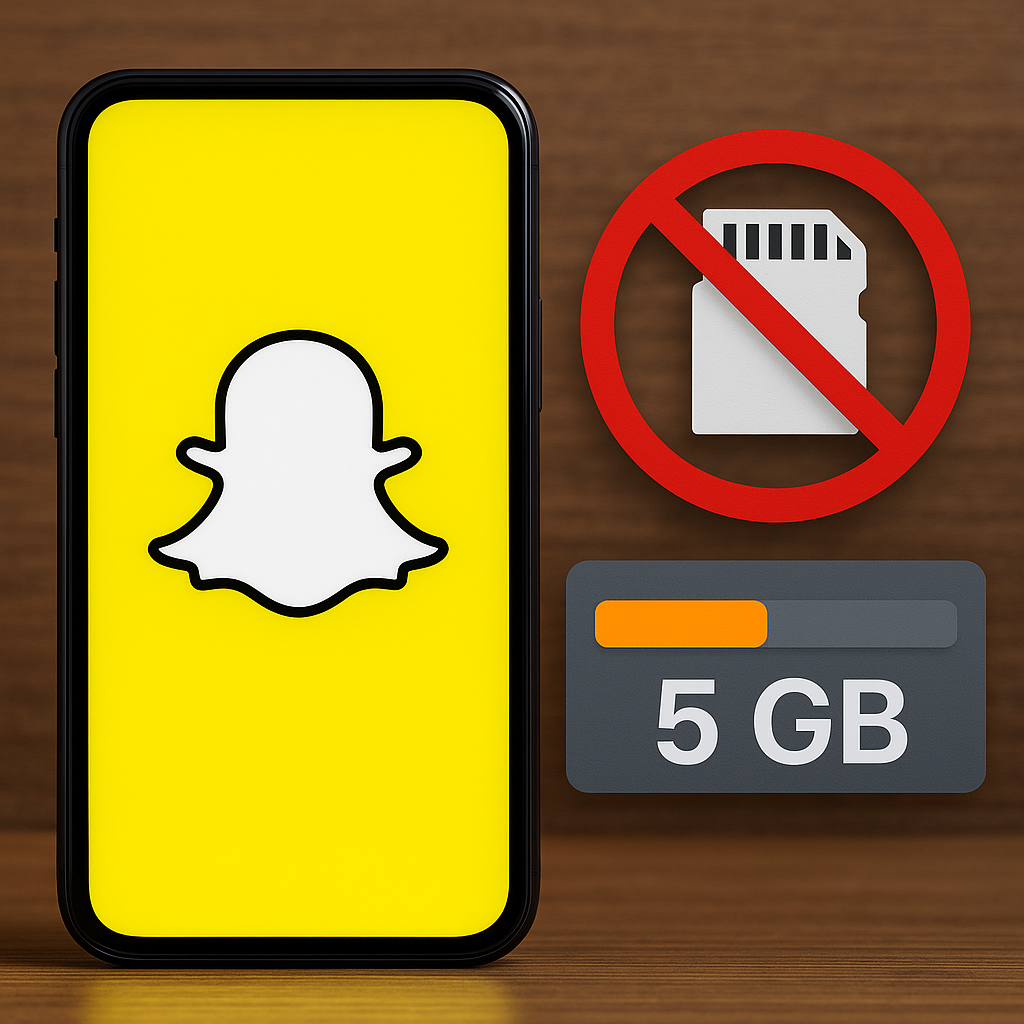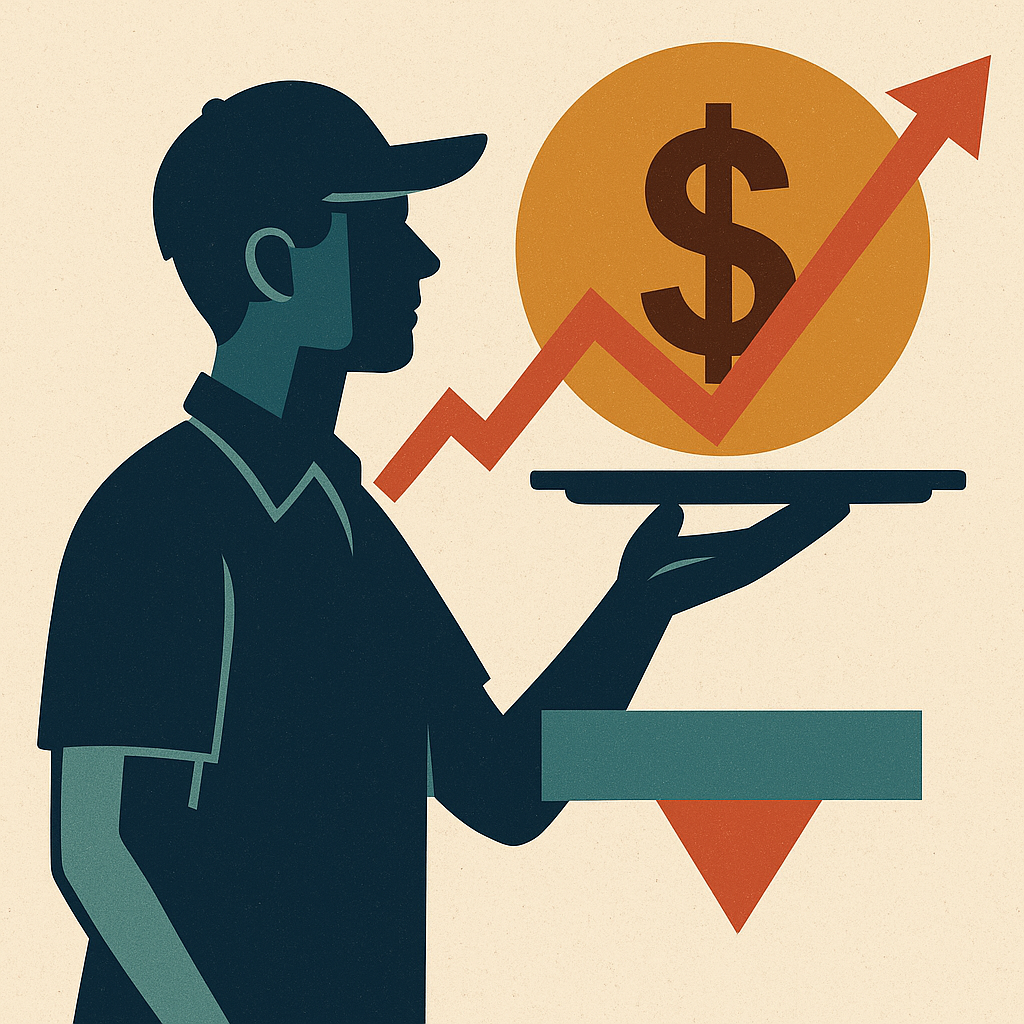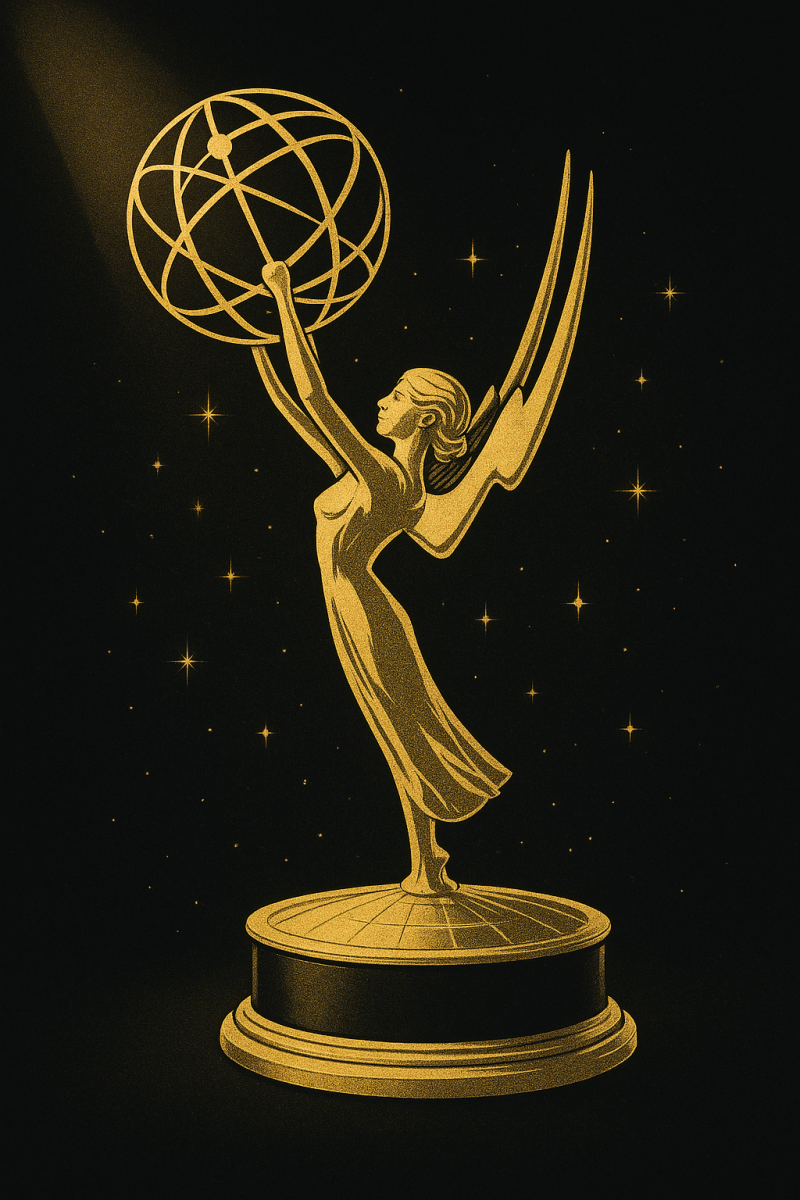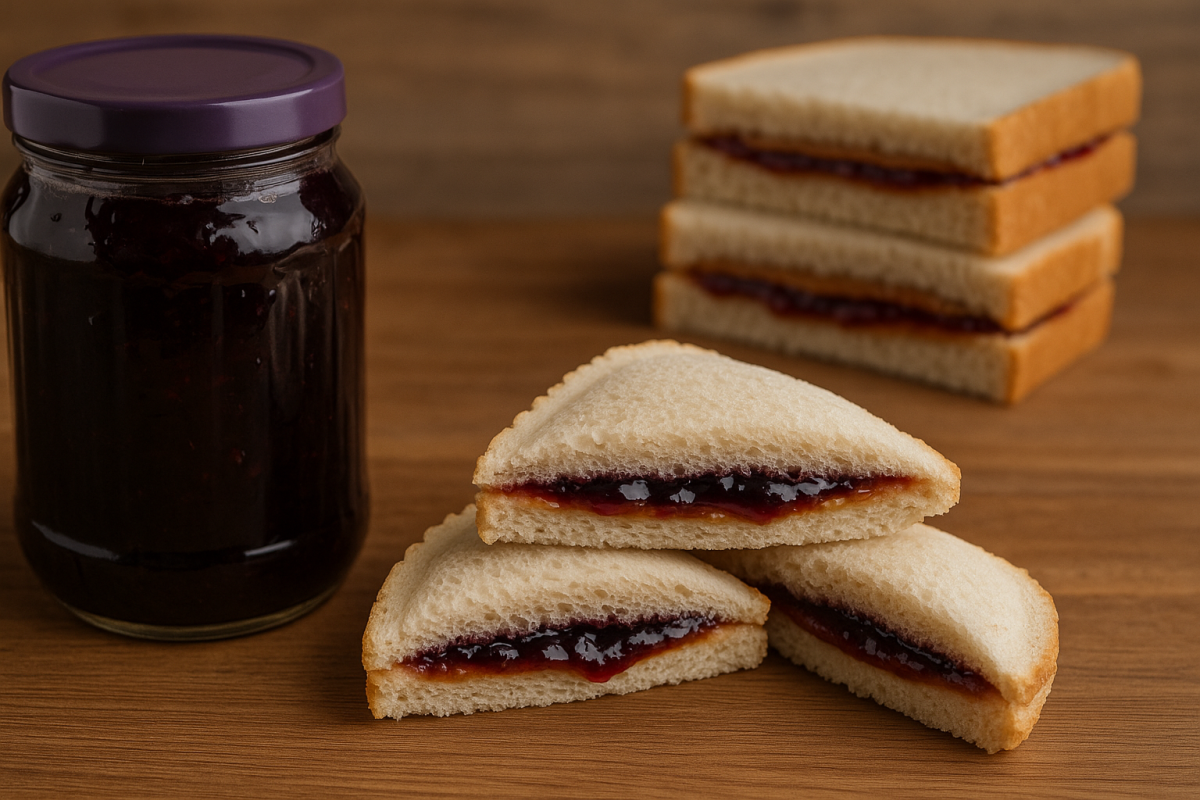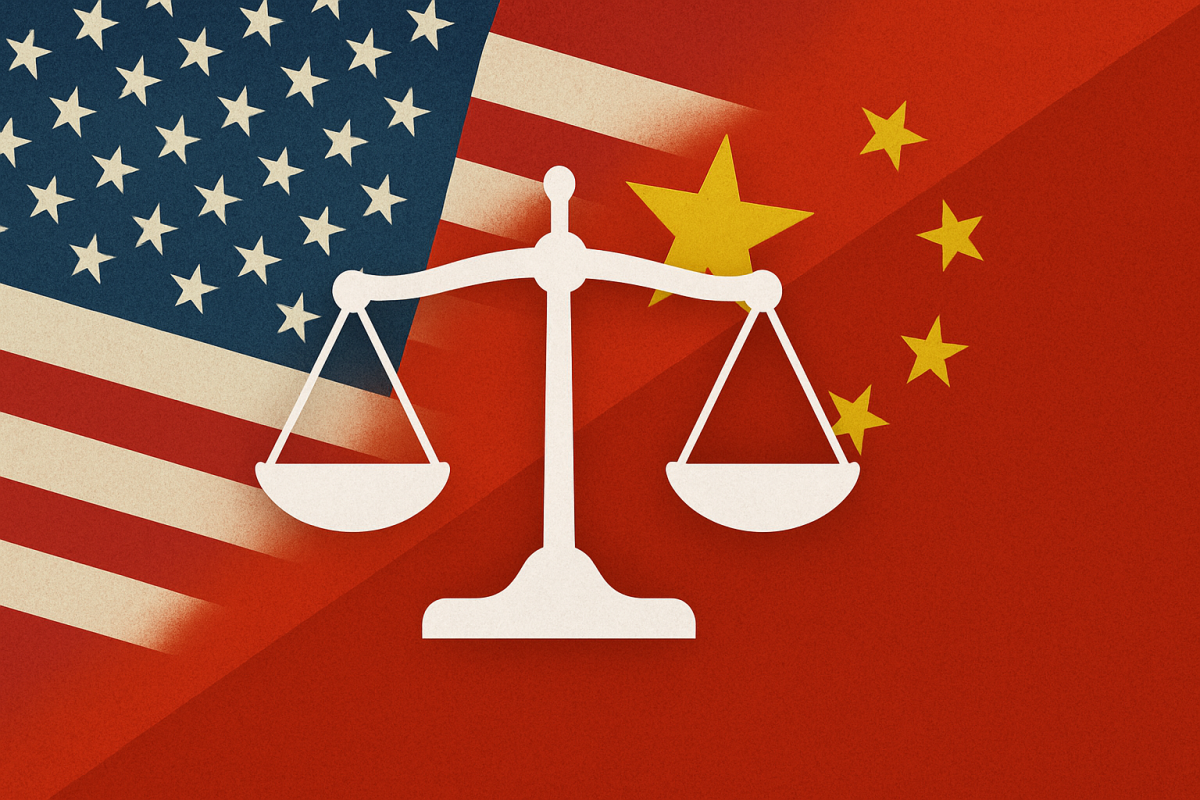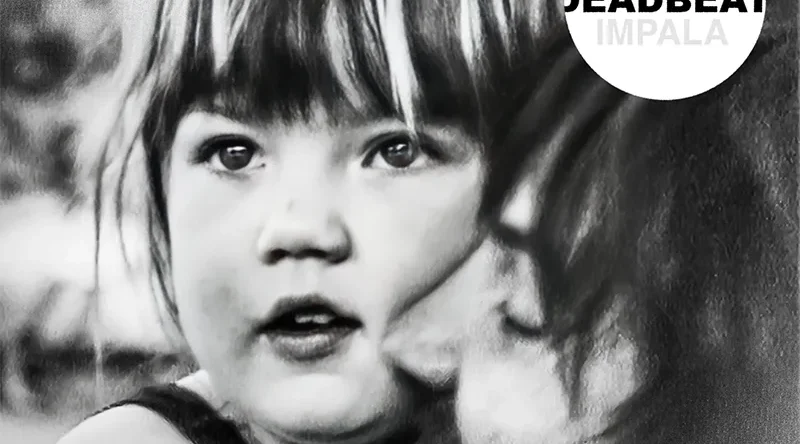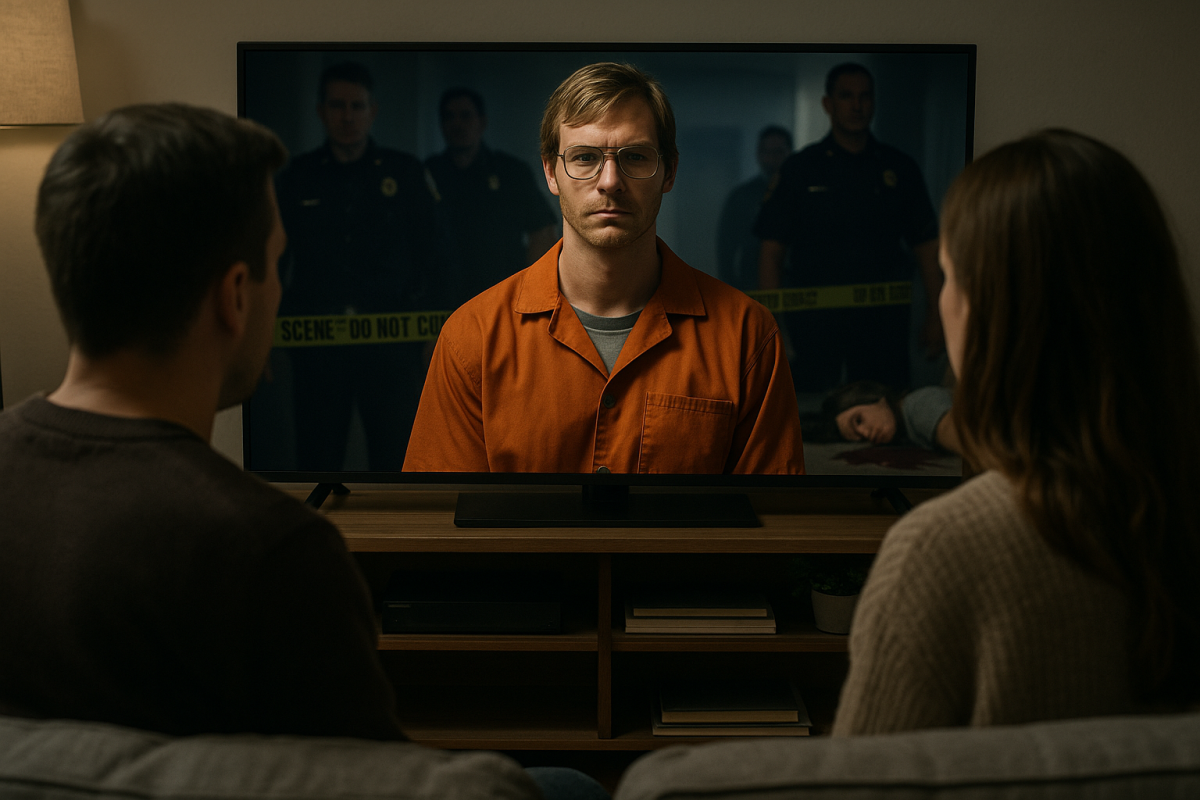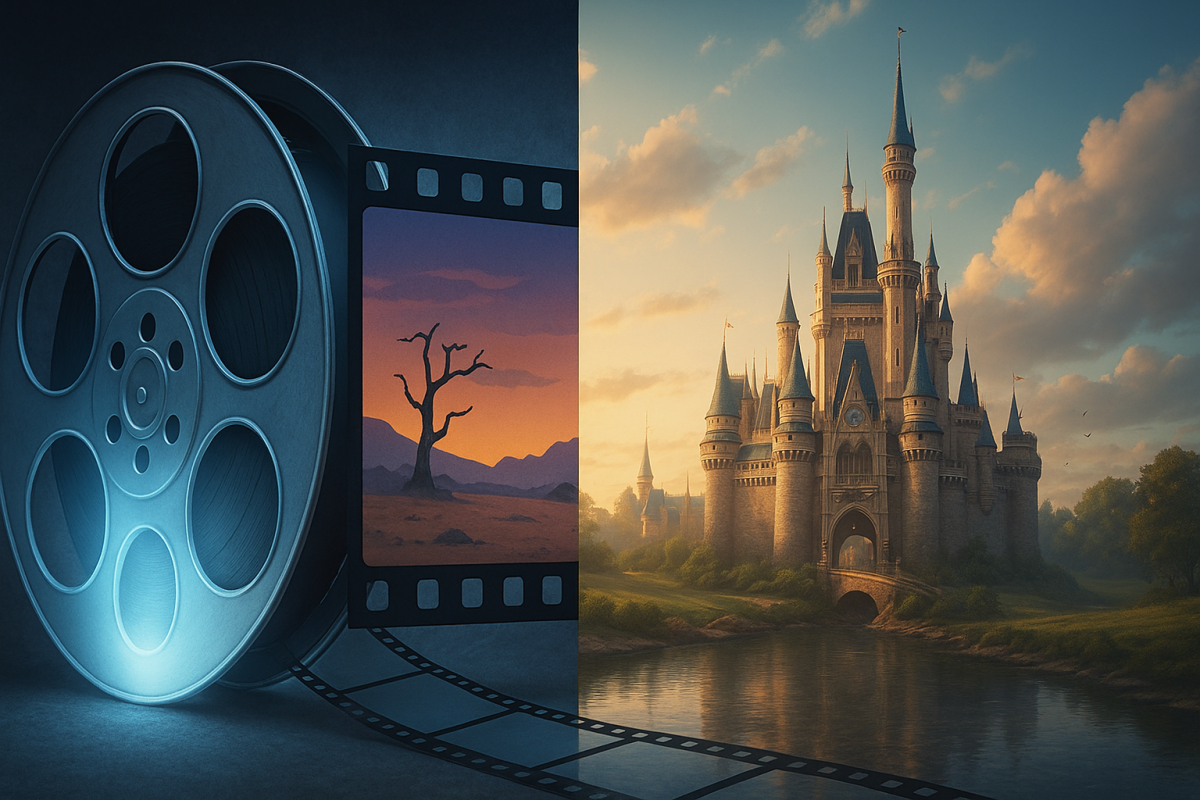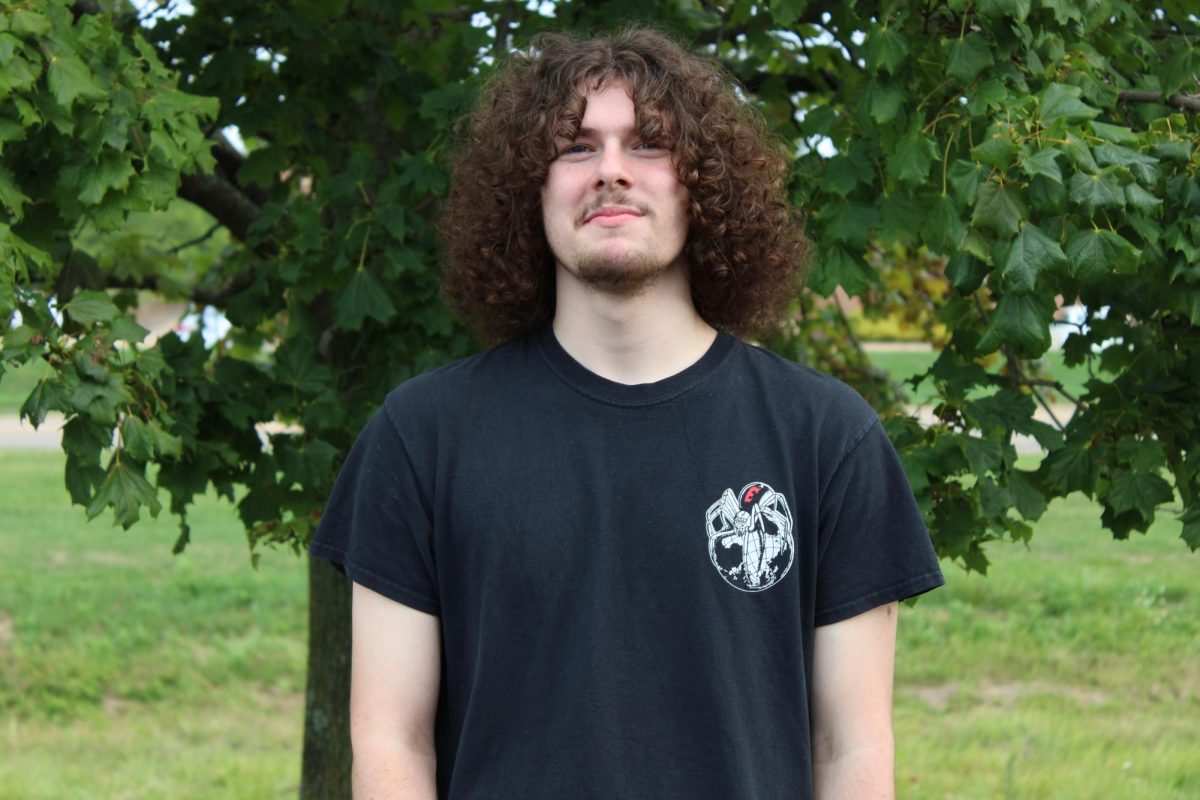If you were to walk up to absolutely any random person on the planet right now and make a Spongebob joke, the chances are better than not they will laugh. Three-year-olds and 30-year-olds alike know Spongebob. How Spongebob gained such cultural relevance and notoriety, and became an increasingly dominant force in not just one, not two, but three entire generations’ spheres of influence, is not an unsolved mystery. Years of careful time, consideration, and effort put into the little yellow guy’s character made him so much more than just a character. For many people, including myself, Spongebob’s character is a time capsule for childhood nostalgia, a snapshot of a feeling we simply will never experience again but can relive through watching the show. What makes him and his show so much more groundbreaking and evolutionary than others at the time for those who watched it? How did the show gain such a global cultural choke hold in the way that it did when so many other shows couldn’t?
The answer lies first and foremost in the viewership bases that the show covers effortlessly. Spongebob is the second longest-running children’s series in United States history and the fifth longest-running American animated series. With a near endless runtime and airplay, it’s no wonder why it’s so easy for so many to recognize Spongebob, even if they’ve never watched an episode. The show first debuted on July 17, 1999, on Nickelodeon (Who gives it more airtime than any show to this day), created by beloved marine biologist, science educator, animator, and creative director Steven Hillenburg, who sadly passed away on November 26, 2018. Hillenburg designed the first concept for the character of Spongebob as an informative cartoon about intertidal zones for educating children and would foresee its evolution into a television production and maintained overall creative direction and design until he stepped away in 2004, but remained actively involved in the show until in 2018.
Hillenburg creating and leading the show, not as a businessman, CEO, or corporate lobby, was a breath of fresh air into the cartoon space at this time; the creativity and drive of Hillenburg and his staff were clearly unmatched, and this was highlighted immensely against its competitors, who were often corporately created from the bottom up. The time of Hillenburg’s full creative input is said to be the greatest Spongebob has to offer, with the first three seasons often being accredited with the name the ‘Golden Age’. Contained in these three seasons are essentially what Hillenburg fully intended for the show to be, and it shows. The raw, dynamic, effortlessly hilarious writing, progression, character development, dichotomy, and everything people know the show for can be seen on full display in these first seasons. This is everything Spongebob is meant to be. Popular episodes among fans such as Band Geeks, Pizza Delivery, and SB-129, are from this prime era.
However, not long after the start of this ‘Golden Age’—arguably following Hillenburg’s departure as the lead creative director—SpongeBob appears to decline, ironically becoming the very kind of corporate drivel it once critiqued in its earlier seasons. To understand this concept and the plot of the show itself, one must first understand the rhythmic heartbeat that the show thrived off of in its ‘Golden Age’. This rhythmic heartbeat is essentially the dichotomy and contrast of Spongebob and Squidward’s relationship, and the show could not exist in its purest form without it. While not obvious at first glance, the show indeed would not be the same without the dynamic relationship between the two, and the lessons learned from each other in what are often seen as the best episodes of the series.
Think about yourself, as a kid, watching Spongebob. More than likely, you saw yourself as Spongebob (Who canonically is an adult who acts like a kid), or felt more connected to him as a character than anyone else, because of his unspoiled childlike optimism in his life and bubbling imagination (pun intended). Now, suppose you go back and watch an episode. In that case, you will more than certainly feel closer connected to Squidward, and his sad monotonous life of attempting art and passion projects and consistently failing or being rejected by society. This relationship and its contrast between perspectives is what makes the show so dynamic and interesting in those “Golden Age” seasons, and easy to digest across generations. It’s how Spongebob raised generations. Combine this with the constant critiques of work culture and capitalism (Mr. Krabs being a cheapskate, liar, and bad boss for example), government (the police in Bikini Bottom do not get things done, the bank is corrupt, and the mayor also does nothing), and more than anything else, being aware it was a show that would define the internet generation, swirl into a perfect storm that would have a insanely unprecedented cultural impact on millions of children and adults. For so many people, Spongebob is more than just a show. It raised us.

